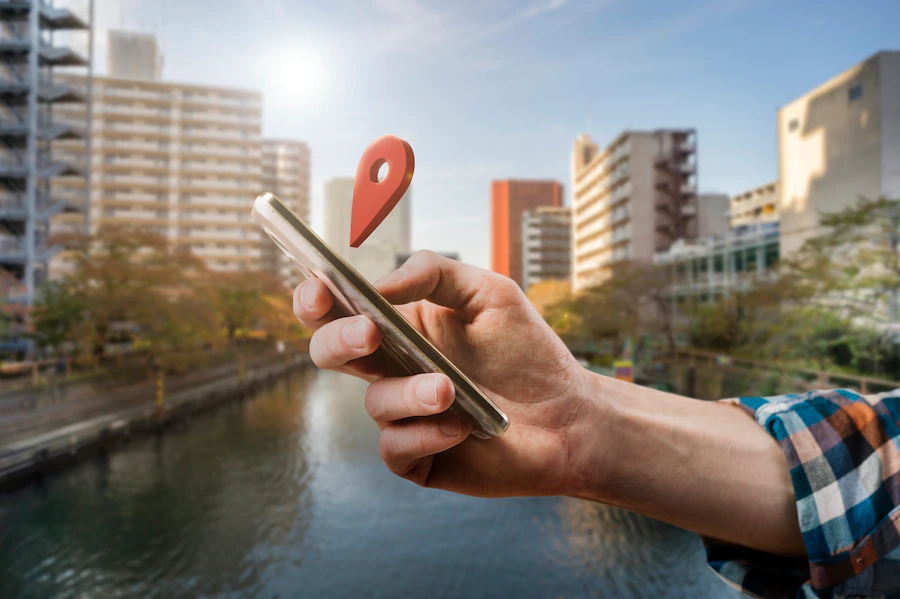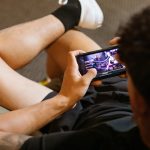Adventure With Confidence: The Ultimate Guide To Personal Locator Beacons

Adventure calls to the human spirit. Whether hiking through remote wilderness, sailing across open seas, or exploring the depths of the backcountry, the thrill of the unknown beckons to many of us. However, with adventure comes a certain level of risk, and it’s essential to be prepared for any eventuality. One invaluable tool for adventurers is personal locator beacons (PLBs).
It is a small, portable device designed to transmit a distress signal to search and rescue authorities in an emergency. This comprehensive guide will explore how PLBs work, when and where to use them, and why they are a vital addition to your adventure gear.
What Is A Personal Locator Beacon?
A PLB refers to a tiny electronic device that conveys a distress signal to orbits and their satellites. These are later received by authorities who are in charge of locating and rescuing you.
PLBs are quite similar to EPIRBs or Emergency Position Indicating Radio Beacons. The latter are mostly used on boats, while the former is much smaller and made for personal use.
How Does A PLB Work?

A PLB operates on a global search and rescue satellite system (GNSS) that includes GPS, Galileo, and GLONASS constellations. Here’s a step-by-step breakdown of how it works:
- Activation: In an emergency, you activate the PLB by deploying its antenna and pressing the distress button. This action triggers the PLB to start transmitting its distress signal.
- Signal Transmission: The Personal Locator Beacons’s distress signal is transmitted via satellite to a network of ground stations. These stations are part of the international COSPAS-SARSAT system dedicated to search and rescue operations.
- Location Fix: The distress signal includes a unique identifier linked to your PLB, allowing search and rescue teams to identify you. The PLB also transmits your GPS coordinates, providing your precise location within a few meters.
- Alert Authorities: The ground stations relay the distress signal and your location to the nearest search and rescue coordination center. From there, the appropriate authorities are alerted, and they initiate a rescue operation.
When And Where To Use A PLB
- Remote Wilderness: If you’re an avid hiker, camper, or backcountry enthusiast, a PLB is a crucial piece of gear. It can be a literal lifesaver if you become lost, injured, or encounter other emergencies far from civilization.
- Marine Adventures: Boaters, sailors, and kayakers should always carry a PLB when venturing into open water. Sudden storms, equipment failures, or medical emergencies can arise at any time, and a PLB can help rescuers locate you quickly.
- Extreme Sports: If you enjoy activities like mountain climbing, skiing, or deep-sea diving, where the risks are high, a PLB should be part of your safety gear.
- Traveling Abroad: When exploring foreign countries with rugged terrain or less-developed infrastructure, having a PLB can provide peace of mind.
What Types Of Personal Locator Beacons Are Found?
Typically, there are two main categories of PLBs: GPS-enabled and non-GPS-enabled. While the ones with GPS-enabled them are more precise, their GPS counterparts can transmit distress signals. However, the latter is not competent enough to provide your exact location.
It is significant that you opt for the right PLB as that will ensure safety while go dive deep into the water. You might want to consider the below-mentioned factors for choosing a PLB:
- Weight and size: Both the weight and size of the personal locator beacon must be considered for a smooth scuba diving adventure. To fulfill this purpose, you might want to check the packaging or ask the manufacturer about it.
- Replacement and battery: There are certain times when the PLB gets tarnished, even after buying it very recently. For such situations, it is safe to enquire about its battery life and replacement. The higher the battery life, the longer your device is likely to last.
- Depth rating and water resistance: One of the most significant attributes of PLBs is their ability to sustain water. Along with that, this equipment comes with a depth rating, which is eventually good for scuba divers.
- Easy to use: Finally, the PLB must be one with a user-friendly interface and easy-to-use features. In times of emergency, one must not find it difficult to send signals under the water. Hence, it must be designed with easily usable interfaces.
Why Choose A PLB Over A Smartphone Or Other Devices?
While many of us carry smartphones with GPS capabilities, they are not a substitute for a dedicated PLB. Here are some reasons why a PLB is a superior choice for emergencies:
- Dedicated Functionality: PLBs are designed solely for emergency distress signaling. Unlike smartphones, they won’t run out of battery due to regular use, ensuring they are ready when needed most.
- Global Coverage: PLBs operate on a network of satellites that provide global coverage, even in remote areas with no cellular reception. Smartphones rely on cellular networks, which may not be available in many wilderness locations.
- Long Battery Life: PLBs have batteries designed to last for years while in standby mode. They typically have enough power to transmit distress signals for several days continuously.
- Robust and Waterproof: PLBs are built to withstand extreme conditions. They are often waterproof and designed to endure rough handling.
- Priority Signal: When you activate a PLB, your distress signal is given priority over non-emergency signals, ensuring a faster response from search and rescue teams.
The Bottom Line
In conclusion, adventure is exhilarating, but it comes with inherent risks. Personal locator beacons are essential for adventurers, providing a lifeline in emergencies. By understanding how PLBs work, when and where to use them, and why they are superior to smartphones or other devices, you can confidently embark on your adventures.
Now, you know that help is just a button press away. Don’t leave home for your next adventure without this invaluable safety gear. With this, let us bring our comprehensive guide to an end. But do not forget to share your precious comments below, as we are always delighted to hear it from our readers.
Read Also:
























